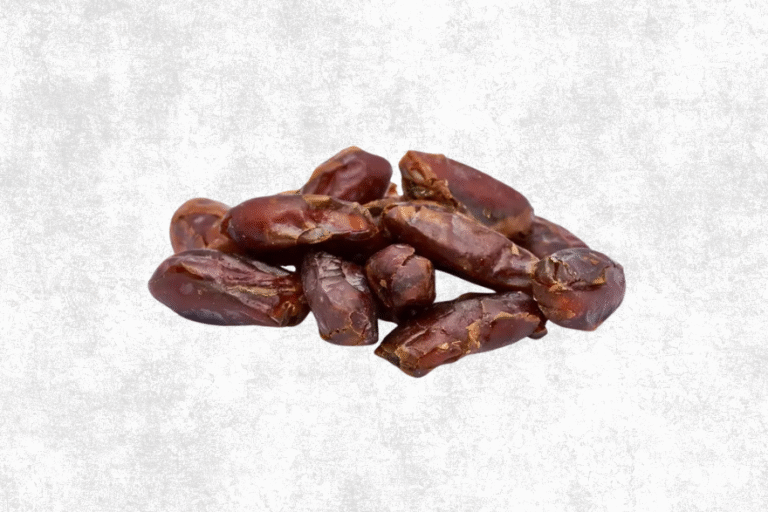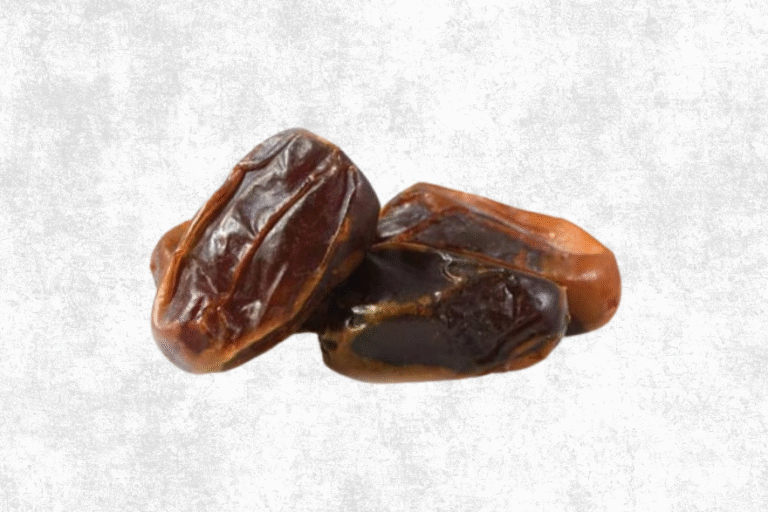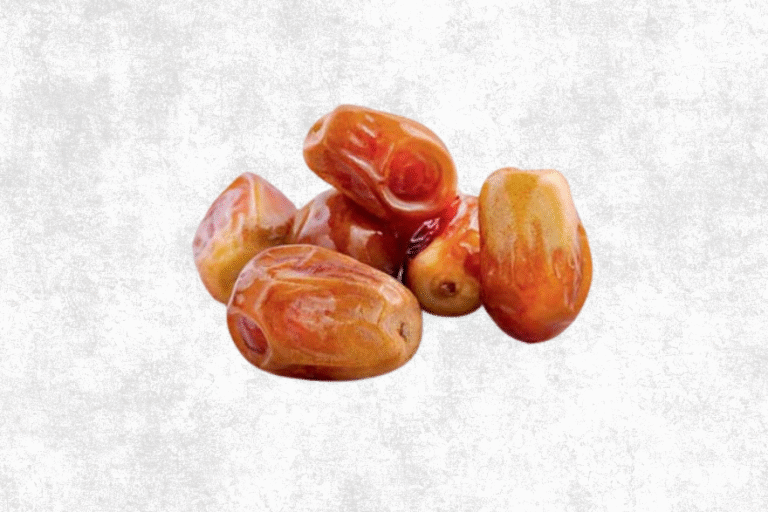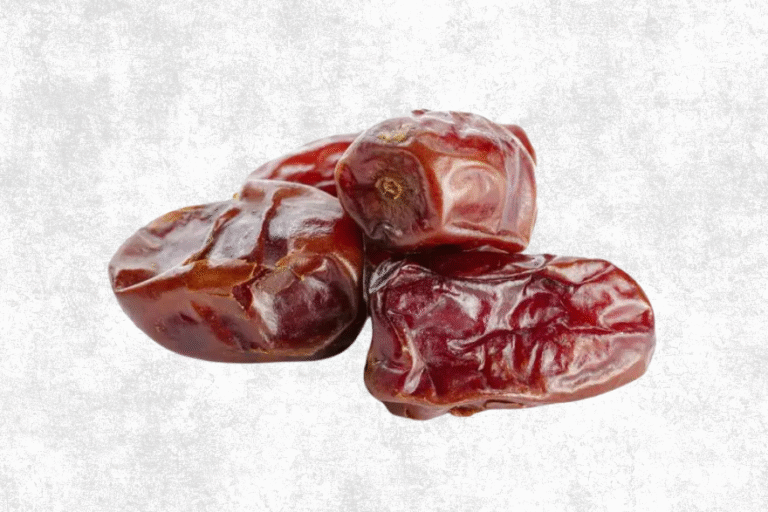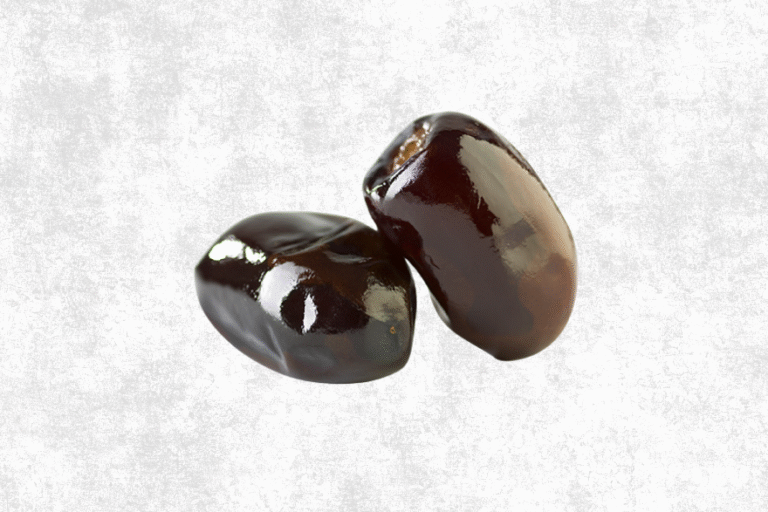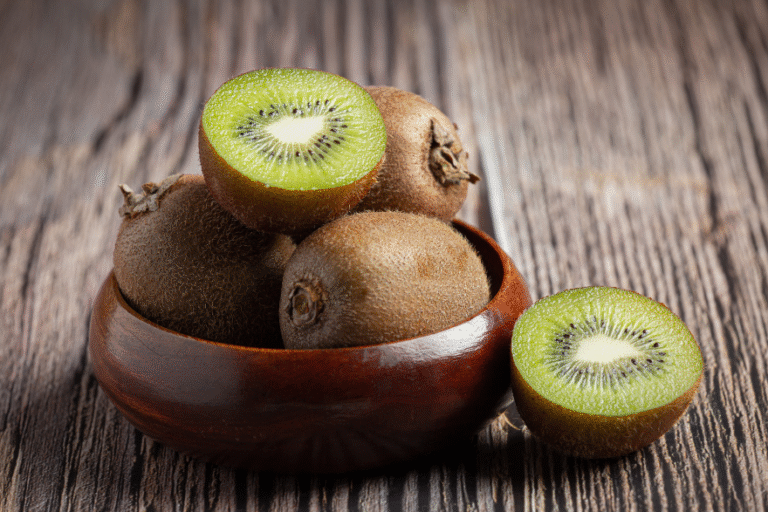Iranian kabkab dates are known as a delicious and economical date in Iran. This type of date has a very delicious taste that is the result of its sweet meat and thin skin.
Area under cultivation of kabkab Dates in Iran and harvest time
Iranian kabkab dates are mainly cultivated in Bushehr province in Dashtestan and Borazjan cities. It has also been cultivated in Fars province in Kazerun city, Kamarj city and Khuzestan province in Behbahan city.
Kabkab dates have more than 30861 hectares under cultivation. This date is the second most popular date in Iran after Mazafati date with 4505 kg per hectare. And more than 50,000 tons of dates are harvested annually. The main cultivated fields of Iranian kabkab dates are locuted in Khuzestan, Shiraz and Bushehr provinces. About 80% of palm orchards in Bushehr province are cultivated with this date. The best quality of kabkab dates are also grown in Bushehr province.
Kabkab dates are begin to be harvested in late January as Khark and in early September is suitable for harvest since dates are perfectly ripe. After harvest, the kabkabs are washed and then prepared for various packaging.
What Makes Kabkab Dates Special?
Kabkab dates, scientifically classified as Phoenix Dactylifera, belong to the semi-dry category of dates. Their moderately soft texture, balanced sweetness, and versatility make them ideal for both direct consumption and culinary applications. Kabkab dates are a rich source of energy and nutrients, which is why they are a popular choice among health-conscious individuals and food manufacturers alike.
Whether eaten fresh or dried, Kabkab dates offer a natural sweetness that rivals artificial sweeteners and are often used as a healthier alternative in desserts, smoothies, and syrups.
Specialized features of kabkab Dates
Kabkab dates are dark brown when fully ripe and are yellow in the case of nearly ripe. The fruit has an oval shape with a thick skin that sticks to the flesh. The moisture content of kabkab dates is close to 18%, which puts it in the group of semi-dry or wet dates. The average weight of each date is about 11 grams and its length is “between” (3.5 to 4 cm).
Nutrients and benefits of kabkab Dates
Kabkab dates have many health benefits, and can help improve the body’s lost energy throughout the day. This date is suitable for weight loss due to its magnesium content. And the iron in it is useful for treating anemia and heart problems.
This fruit, like other types of dates, has many nutrients and has many therapeutic benefits for consumers. Carbohydrate forms the main basis of its compounds, which weigh 70% of the fruit and are also suitable for seasonal allergies due to their anti-allergic properties.
Calcium, potassium and minerals are other ingredients of grilled dates.
Storage, packaging and export of kabkab Dates
The very juicy flesh and date syrup makes storage time shorter than other types of date and does not allow long-term storage without refrigeration. Kabkab fruit can be stored in a cool, dry place away from direct sunlight for up to 6 months.
Kababs are less known in international markets than Mazafati, Rabbi, Piarom, Zahedi and sayer dates, and unlike international markets, the high quality of this product has made it popular in domestic markets.
In the past, pressed packaging was the only type of packaging for kabkab dates, but now there is a modern packaging that is suitable for exporting these dates.

